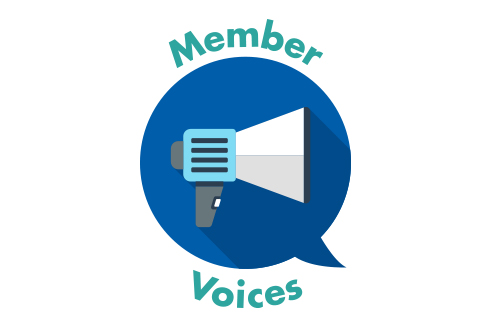John Barton, P.E., M.ASCE, serves as HNTB Corporation’s national DOT market sector leader and senior vice president. Barton’s experience includes nearly 30 years at the Texas Department of Transportation, including his most recent role as deputy executive director.
Today, he shares some of the wisdom born of that experience to outline how he thinks DOTs across the country can streamline their practices.
Defining streamlining
The term streamlining is used in several ways, whether it involves environmental reviews, construction techniques, or organizational change. Effective streamlining essentially encompasses two related endeavors:

Improving individual processes – The focus here is on streamlining each phase of a project. This means finding faster, more efficient ways to conceptualize a project, gather stakeholder input, secure short- and long-term funding sources, handle permitting, complete design and construction, and employ advanced delivery techniques such as design-build or public-private partnerships.
Reinventing traditional practices – This focus is on making fundamental changes to how a department of transportation operates, with the intent not only of enabling those vital process improvements, but also of creating the capacity for a quantum leap in both efficiency and quality. This requires changing the ways a DOT engages its internal teams, forges partnerships across the transportation industry and political boundaries, and generates creative solutions to seemingly permanent problems.
Much of the current focus is on streamlining around process improvements. Agencies are looking for ways to cut costs and get projects done more quickly.
This doesn’t always mean tossing out current methods and processes and replacing them with novel techniques. It may simply be rethinking the way things are currently done. Reinvention can multiply the effects of process streamlining by removing barriers to success and institutionalizing innovation and cooperation.
Slow is smooth, smooth is fast
This phrase – used by elite military forces to describe the idea that swiftly charging ahead toward an objective may be riskier and less effective than carefully forming, tempering, and then executing your plan – also can apply to DOTs. In the DOT context, this phase is particularly meaningful because speed is the driver of an array of benefits in any given project: lower construction costs, reduced risk of shifting political winds that could disrupt progress, less frustration and safety risks for the public, and many others. Here are three ways a “slow, smooth” approach can drive faster and better results, which ultimately can become institutionalized.
1. Involve all interested and impacted parties
Once an idea for a project or program is generated, there is immediate outreach to bring stakeholders and operators together. The more dialogue between the parties that will be involved across the life cycle of a project, the greater the chance of achieving a more efficient outcome. This takes time upfront, but pays off every day thereafter.
2. Collaborate for win-win outcomes
Agencies have been trying to get more done with less for several years. Demands continue to increase while funding does not. This means that local and state agencies have sought creative ways to get projects done. Many have successfully collaborated across boundaries to prioritize projects, seek local funding through ballot initiatives, and assess alternative delivery methods to deliver projects more quickly.
3. Be willing to try something entirely new
Innovation is something we want to pursue but which comes with risks – which lacks appeal when overseeing public safety and dollars. Again, innovation doesn’t have to be a complete transformation. It can be finding ways to improve traditional processes or creating a more effective organization.
One such example is the Texas Department of Transportation, where an enormous flow of submitted plans from public and private parties across the state for U.S. Army Corps of Engineers project reviews created excessive delays. Complex, multimillion-dollar projects had to wait in line behind sometimes hundreds of small projects every year. The timelines for approval were unpredictable, and the delays were expensive.
So TxDOT tried something entirely new. It offered to fund one dedicated USACE project review specialist who would focus only on TxDOT’s projects. This arrangement was inked and now every year, TxDOT spends $299,450 to support a dedicated USACE resource. This new arrangement has already saved TxDOT years of time across its projects, and countless funding dollars. In this case, clearly, smooth is fast.
Make it stick
These are just three examples of how DOTs can reinvent their operating practices to derive greater value from every streamlining program across the enterprise. Importantly, as the successes pile up, they must also be analyzed to determine how success was achieved. By capturing data and insights into the most effective practices, DOTs can institutionalize these practices and refine them further through continuous improvement.
In this way, no matter how the Departments define streamlining, the result is a DOT that moves projects faster, spends tax dollars more wisely, and engages its professionals and other stakeholders in creating and maintaining a world-class transportation system.

